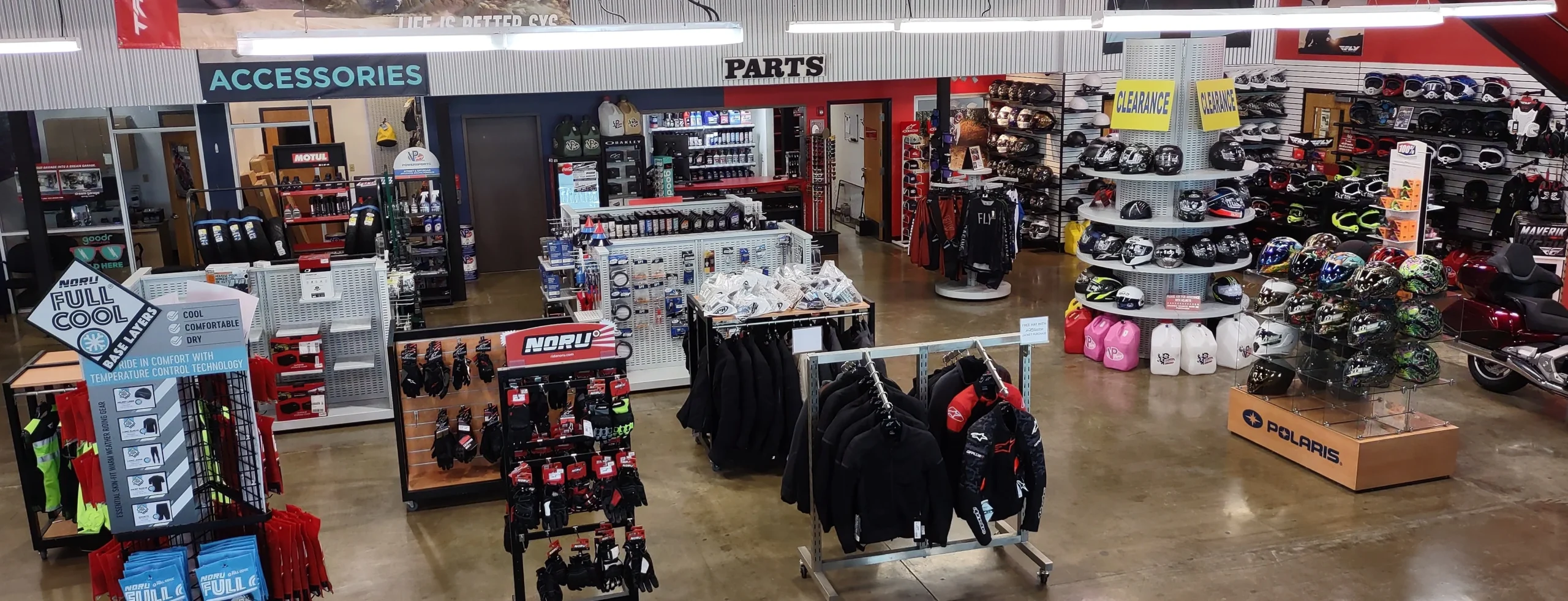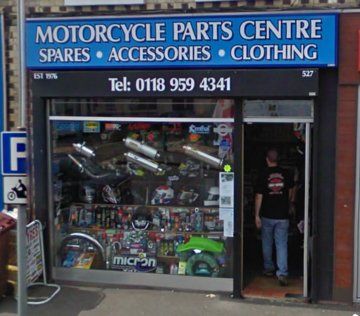Find Affordable Rates on Motocross Parts NZ for every single Bike
Find Affordable Rates on Motocross Parts NZ for every single Bike
Blog Article
Understanding the Crucial Parts of a Motorcycle: A Comprehensive Overview for Enthusiasts
For bike enthusiasts seeking to elevate their riding experience and ensure their bikes run efficiently, recognizing the vital parts of a motorcycle is vital. Each component, from the engine's elaborate functions to the critical role of the stopping devices, not only affects performance yet also security and convenience. This overview will certainly walk via the fundamental parts that every biker ought to know with, allowing informed choices in both maintenance and potential upgrades. As we begin this expedition, one must ask: how does each element engage to develop the seamless trip every enthusiast looks for?
Engine Components

The camshaft plays a critical role in regulating the timing of the engine's valves, ensuring the exact opening and closing necessary for effective fuel and air intake, along with exhaust expulsion. This timing is essential to maintaining ideal engine efficiency and performance. Additionally, the carburetor or gas shot system, depending on the motorbike version, is accountable for mixing air with gas in the correct ratio for burning.
The air conditioning system, either air or liquid-based, works to preserve the engine's temperature level within operational limits, stopping getting too hot and ensuring longevity - motocross parts nz. Each component, carefully created and incorporated, adds to the seamless operation of the engine, specifying the motorbike's power outcome and total efficiency
Transmission System
Integral to the motorcycle's functionality, the transmission system guarantees effective power transfer from the engine to the wheels. This system consists of several essential components, consisting of the clutch, transmission, and last drive, each playing an essential duty in converting the engine's power right into activity. The clutch, commonly run by a hand bar, offers to involve and disengage the engine from the transmission, enabling for smooth gear changes and controlled velocity.
The transmission, often described as the transmission correct, has a collection of equipments that bikers can manually shift via to readjust the bike's rate and torque outcome. These gears are arranged in a series that makes it possible for the bike to speed up smoothly and keep ideal engine performance throughout numerous speeds. Most bikes use a sequential gearbox, requiring the rider to change equipments in a fixed order.
Braking Systems
While understanding the transmission system is key to harnessing a bike's power, similarly essential is the capability to control and quit that power efficiently, which is where stopping systems enter play. Brakes are important for safety and performance, supplying the biker with the necessary control to browse different surfaces and conditions. Normally, bikes include 2 kinds of stopping systems: disc brakes and drum brakes.
Disc brakes are a lot more prevalent in modern motorbikes because of their exceptional performance. They are composed of a brake disc, caliper, and best motorcycle safety gear pads. When turned on, the caliper squeezes the brake pads versus the rotating disc, converting kinetic energy right into heat, thus reducing the wheel. This system provides far better warmth dissipation, regular efficiency, and boosted stopping power, specifically in wet conditions.
Alternatively, drum brakes, though less common, are still found in some motorcycles. They function by pushing brake shoes against the inner surface area of a drum connected to the wheel. While normally much less reliable in heat dissipation and stopping power, drum brakes are easier and extra economical.
Recognizing these braking systems' nuances allows bikers to preserve their bikes properly and appreciate the engineering that guarantees reliable and secure quiting.
Suspension and Steering
Suspension and steering systems are vital components that significantly influence a motorcycle's handling and trip comfort. The directory shock absorber, including forks at the front and shock absorbers at the rear, takes in roadway irregularities, boosting security and control. Front forks, upside down or commonly telescopic, compress and rebound to mitigate impacts, while back shock absorbers keep tire call with the roadway, critical for grip and security.
Steering, centered around the handlebars, connects the biker to the motorcycle's directional control. The guiding head bearings ensure smooth procedure, permitting specific maneuverability. Correct alignment and upkeep of these bearings are essential for predictable guiding action and minimizing biker fatigue.
The suspension's adjustability is an additional important aspect; preload, damping, and rebound settings allow personalization to fit various riding problems and designs. This versatility is necessary for enhancing efficiency, whether navigating urban roads or tackling sturdy routes. Technologies like electronic shock absorber use real-time changes, enhancing adventure quality across diverse surfaces.

Electric Solutions
After making certain a regulated and smooth experience via effective suspension and guiding systems, focus turns to the electric systems, a critical element of modern motorcycles. These systems play a crucial function not just in beginning the engine however also in powering numerous parts that enhance the capability and safety and security of the motorbike.
At the heart of a motorcycle's electrical system is the battery, which shops electric power necessary for beginning the engine and powering auxiliary systems - motocross gear nz. The alternator or generator, combined with the rectifier-regulator, makes certain the battery remains charged while the motorbike functions, converting power into electrical power and keeping voltage degrees
The ignition system, an additional essential element, is accountable for firing up the air-fuel mix in the engine's cyndrical tubes. Modern motorcycles motorcycle battery terminal nut and bolt commonly make use of a digital ignition system, supplying better effectiveness and integrity contrasted to typical systems.
Lights systems, including headlights, tail lights, and signs, are likewise important, making sure exposure and security for the rider. Added digital elements such as sensing units, control systems, and shows contribute to innovative features like gas shot administration, anti-lock braking systems (ABDOMINAL MUSCLE), and electronic control panels, additionally improving the riding experience.
Conclusion
A comprehensive understanding of a motorbike's necessary parts, including the engine, transmission system, stopping devices, suspension, guiding, and electrical systems, is indispensable for fanatics aiming to maximize performance, safety and security, and comfort. Mastery of these aspects permits notified choices pertaining to maintenance and upgrades, eventually enhancing the riding experience. By incorporating this knowledge, motorcyclists can guarantee their motorcycles run at peak efficiency and dependability, thereby optimizing both enjoyment and durability of their lorries.
For bike enthusiasts looking to raise their riding experience and guarantee their bikes run efficiently, comprehending the important components of a motorbike is extremely important.Important to the motorcycle's functionality, the transmission system makes sure reliable power transfer from the engine to the wheels.While understanding the transmission system is key to taking advantage of a motorbike's power, just as vital is the ability to manage and stop that power successfully, which is where braking devices come into play. Commonly, motorcycles feature two types of braking systems: disc brakes and drum brakes.
An extensive comprehension of a motorbike's essential parts, including the engine, transmission system, stopping devices, suspension, guiding, and electrical systems, is important for fanatics aiming to enhance efficiency, safety and security, and comfort.
Report this page